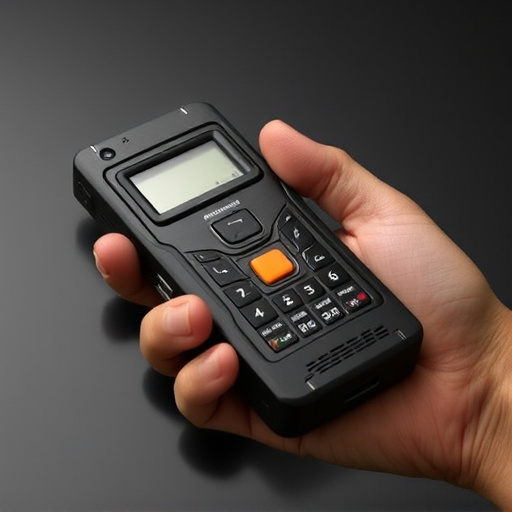Understanding state-by-state regulations regarding concealed carry of stun devices, particularly those resembling cell phones, is crucial before purchasing and using such self-defense tools. Local laws vary from open carry to strict permit requirements, with power output restrictions and safety features mandated by many states. Comprehensive training is essential for safe deployment and to avoid accidental or misuse, considering the ethical implications that come with their perceived power and ease of use.
In today’s world, personal safety is of utmost importance. The rise of concealed carry weapons has led to innovative designs, such as stun guns disguised as cell phones, raising new questions and regulations. This article explores the complex landscape of concealed carry stun gun laws, focusing on devices that mimic everyday objects like mobile devices. We’ll delve into state-by-state regulations, legal considerations, safety training, and ethical implications surrounding these seemingly innocuous yet powerful tools.
- Understanding Concealed Carry Laws: An Overview
- The Rise of Stun Guns Disguised as Cell Phones
- Legal Considerations for Carrying a Stun Gun That Looks Like a Phone
- State-by-State Regulations and Restrictions
- Safety, Training, and Ethical Implications
Understanding Concealed Carry Laws: An Overview
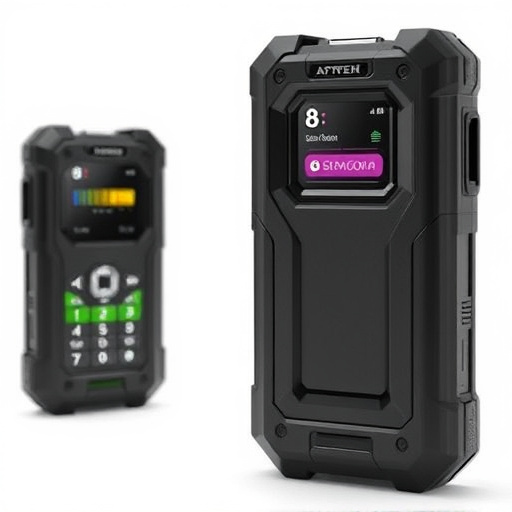
Understanding concealed carry laws is essential for anyone considering carrying a stun device, such as a stun gun that looks like a cell phone. Each state has its own set of regulations governing where and how these devices can be carried. For instance, some states allow concealed carry of stun guns with a permit, while others do not require any permit at all. Additionally, there are specific areas where carrying a stun gun is prohibited, even if it’s hidden, such as schools, government buildings, or places of worship.
Knowing the local laws is crucial to ensure compliance and avoid legal issues. Some states also have restrictions on the power output of stun devices, with many limiting them to 1200 joules or less. Moreover, there might be requirements for stun guns to have certain safety features, such as a safety switch or a trigger lock, to prevent accidental activation. Familiarizing yourself with these regulations is the first step in responsible and legal concealed carry of self-defense devices like stun guns that look like cell phones.
The Rise of Stun Guns Disguised as Cell Phones
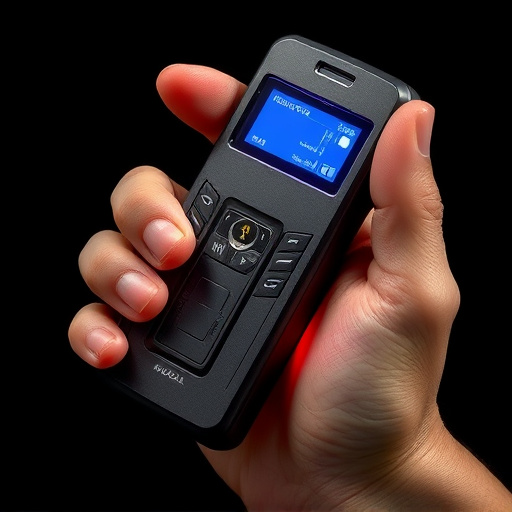
In recent years, the concept of personal protection has evolved, and stun guns disguised as cell phones have emerged as an innovative yet controversial option. These devices offer a unique approach to self-defense, blending advanced technology with everyday carry items. With their sleek designs and compact size, these stun guns mimic the appearance of modern smartphones, allowing users to potentially defend themselves discreetly in various situations. The market for such products has grown due to increasing concerns about personal safety, especially in urban areas known for their hustle and bustle.
The appeal lies in the ability to carry a powerful stun device without drawing unnecessary attention. Cell phone-looking stun guns can provide peace of mind, enabling users to respond swiftly in case of an attack. However, regulations surrounding these weapons vary across jurisdictions, leading to a complex landscape for those considering purchasing such devices. As technology advances, so do concerns about their misuse, prompting many areas to implement strict laws and guidelines for concealed carry, including stun guns that look like cell phones.
Legal Considerations for Carrying a Stun Gun That Looks Like a Phone
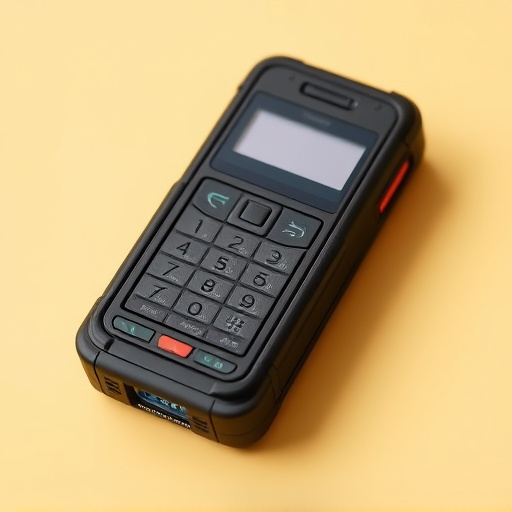
When considering a stun gun that resembles a cell phone, it’s crucial to understand the legal implications in your area. Many regions have specific regulations regarding concealed carry weapons, and this includes stun devices designed to look like everyday electronics. The primary concern is classification; while some laws differentiate between self-defense tools, others might group all similar-looking objects under firearm or weapon categories, requiring proper licensing and registration.
It’s essential to research local and state laws thoroughly before purchasing a stun gun disguised as a phone. This may involve checking with law enforcement agencies or reviewing online resources dedicated to concealed carry regulations. Additionally, bear in mind that even if such devices are legal in your area, there might be restrictions on where and how you can carry them, similar to the rules governing regular firearms.
State-by-State Regulations and Restrictions
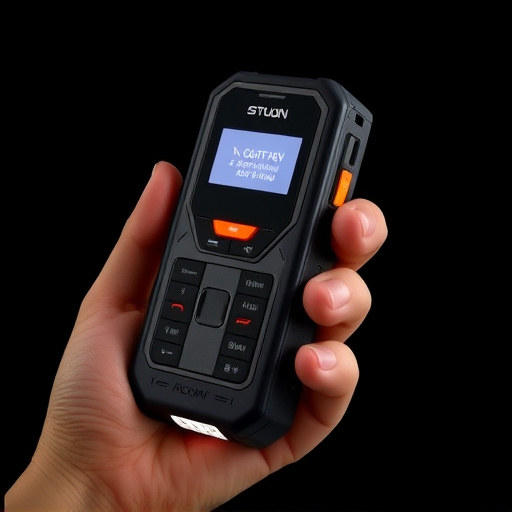
Stun guns that look like cell phones operate under a variety of regulations and restrictions that vary significantly from state to state in the U.S. Some states allow open carry, making it possible for individuals to walk around with their stun gun visibly displayed. Others mandate concealed carry permits, requiring users to keep their stun gun hidden. Still, other states have stringent laws prohibiting any type of stun gun possession without a doctor’s note or specific license.
These regulations are further complicated by local ordinances and city-specific rules that can add another layer of complexity. For instance, some cities allow concealed carry only in certain areas or during specific activities, while others prohibit the open carrying of stun guns altogether. Additionally, there may be restrictions on the power output allowed for stun guns, with higher voltage models often being more heavily regulated. Understanding these State-by-State regulations is crucial before considering the purchase and use of a stun gun that looks like a cell phone.
Safety, Training, and Ethical Implications
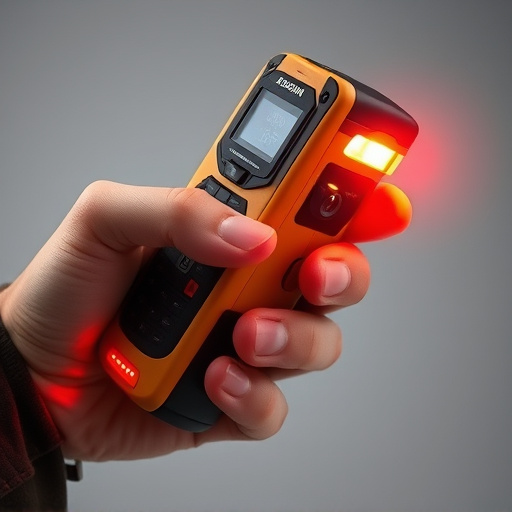
The safe use of a stun gun, especially those designed to resemble cell phones, requires proper training and an understanding of ethical considerations. Before considering carrying such a device for self-defense, individuals should undergo comprehensive instruction on its operation and deactivation mechanisms. This is crucial not only for effective deployment but also to prevent accidental activation or misuse, which could lead to unexpected outcomes, including injuries.
Furthermore, the ethical implications of carrying a stun gun cannot be overlooked. With a device that can render someone unconscious with a single touch, users must grapple with questions of consent, proportionality, and the potential for abuse. The public’s perception of concealed carry permit holders is often shaped by such devices’ ease of use and perceived power, adding layers of complexity to already nuanced discussions around personal safety and self-defense rights.
In light of evolving technology and the growing popularity of stun guns disguised as cell phones, it’s essential to understand the intricate web of regulations surrounding their concealed carry. As these innovative self-defense devices gain traction, state laws vary widely, with some areas relaxing restrictions while others remain stringent. Navigating these regulations is crucial for responsible ownership, ensuring compliance and safety. Remember that staying informed about local laws pertaining to stun guns that look like cell phones is paramount, as it enables users to protect themselves legally and ethically.
